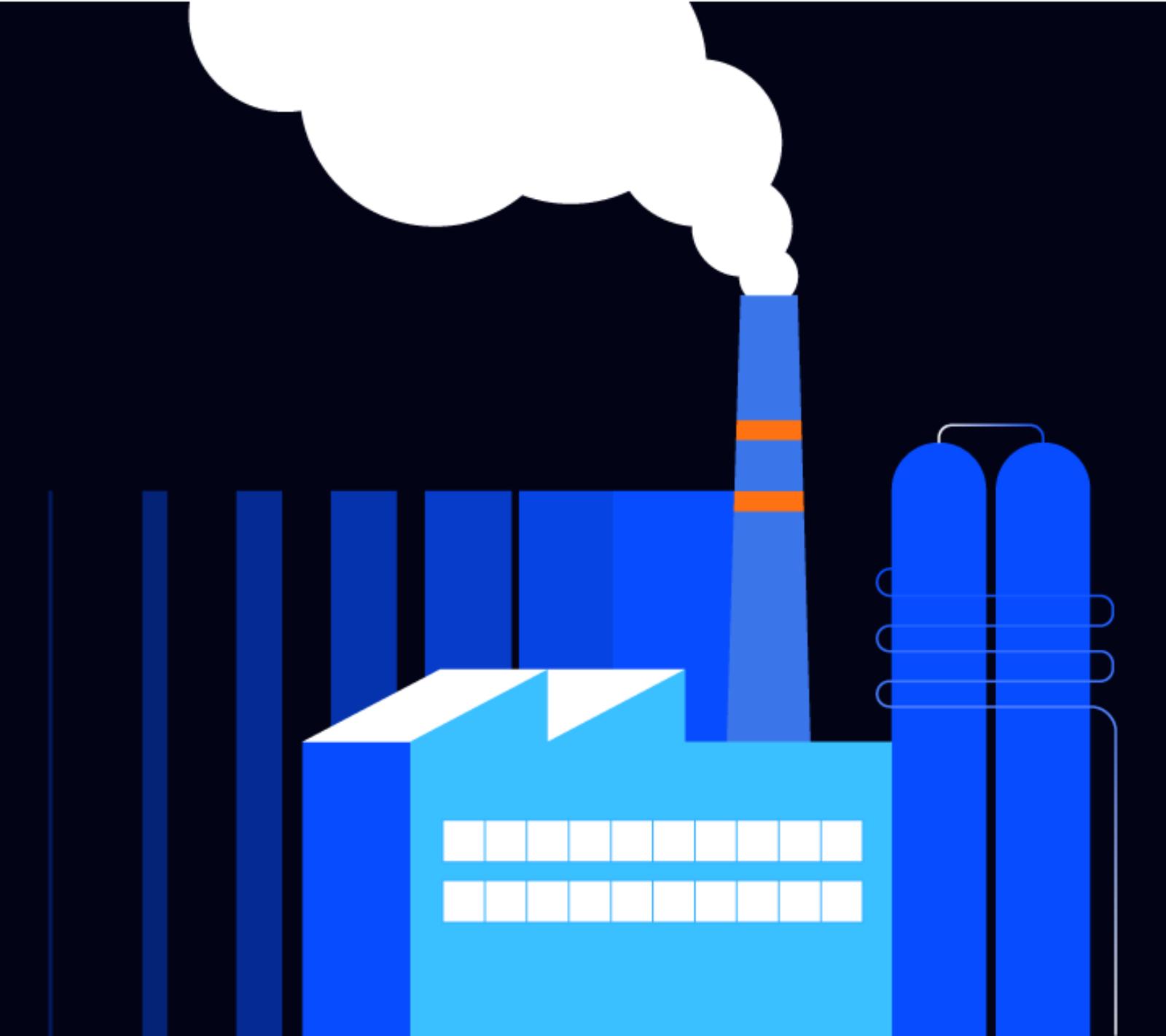The automotive sector has been marked by a significant decline in new vehicle sales since the Covid period, slow electrification, and a continuous aging of the vehicle fleet, all of which hinder its decarbonization. It is necessary to push all available levers to meet the decarbonization targets set for the automotive industry.
Industry
The industrial sector faces a dual climate-energy challenge: not only must it plan its exit from fossil fuels and reduce its own greenhouse gas emissions, but it must also produce what will enable the rest of society to do the same.
